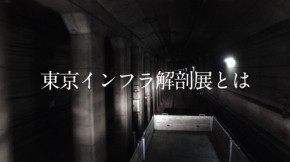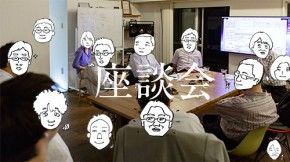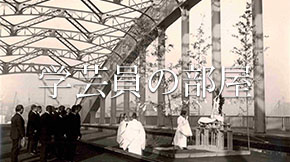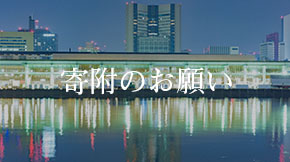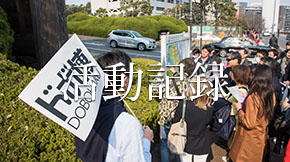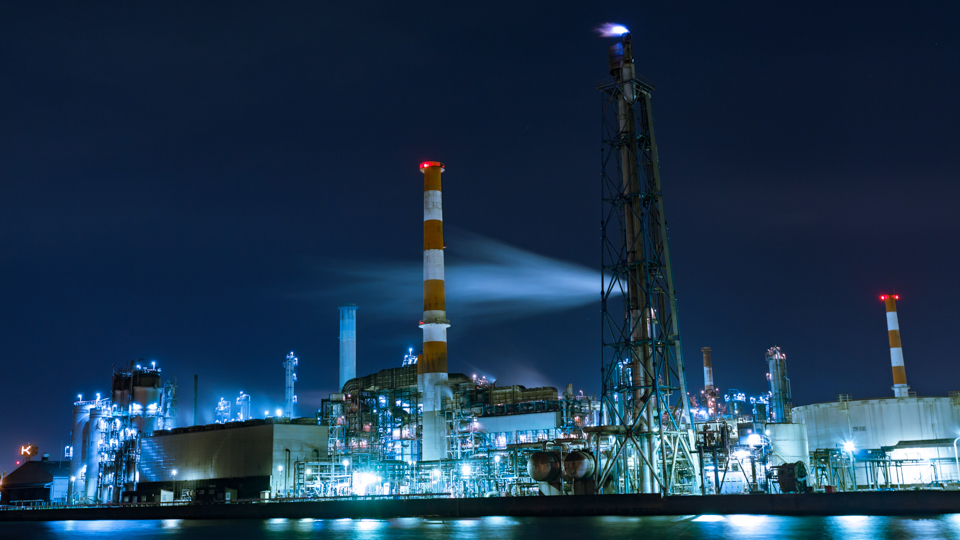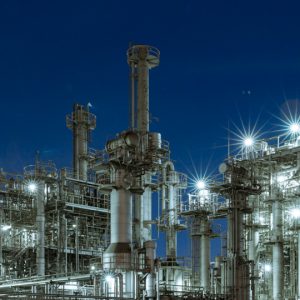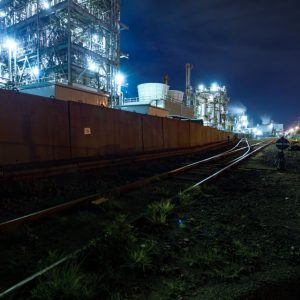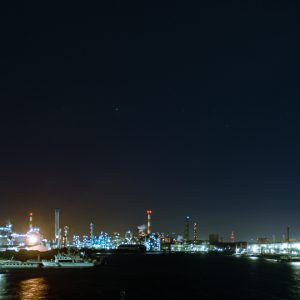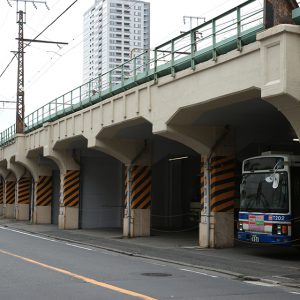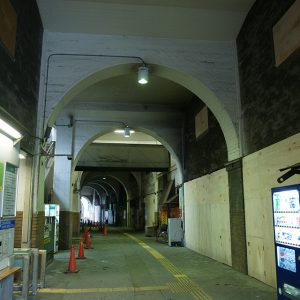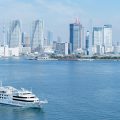The organs consisting of two leaves -right and left- in Tokyo Bay. It is the largest
The industrial development of the Keihin coastal area began with the “coastal industrial city plan” by Soichiro Asano, the businessman, who was convinced of the necessity of coastal industrial city in the future. In 1896 he saw the huge groups of factories and had the sight of the loading and unloading of raw materials and products from the large ships lying at the quay in the port of the European countries and the United States. Asano’s plan to build two major ports in Tokyo and Yokohama, a large canal between the two big cities, and large-scale industrial area at the front from Kawasaki to Tsurumi, the middle of the planned zone, aimed to realize the ideal industrial city by the power of the private sector; supported financially by the top leaders such as Eiichi Shibusawa and Zenjiro Yasuda and technically by the leading authorities on port engineering such as Isami Hiroi.
Asano’s project, the construction of infrastructure such as the quay where ships of 10,000 ton class can be berthed, supply of electric power, the Tsurumi Coastal Railway (present Tsurumi Line) and the establishment of the school (present Asano Gakuen) and amusement parks, etc, was a totally comprehensive “urban planning” and was also a pioneer of industrial developers in Japan
The “dredging and reclamation” method of forming an industrial area by using dredged sediment after constructing an industrial port by dredging at the natural coast unlike at European ports, formed by excavating the riverside, got widespread all over the country during and after World WarⅡ.
In the Keiyo coastal area, the establishment of an industrial area that began to be considered in parallel with the plan to construct Tokyo harbor from the prewar period was promoted on the back of rapid population and economic growth due to postwar reconstruction.
The networks of canal and the used freight exclusive tracks surrounding the group of factories are various linear spaces embedded in industrial areas that have been losing the power, and are alive as

